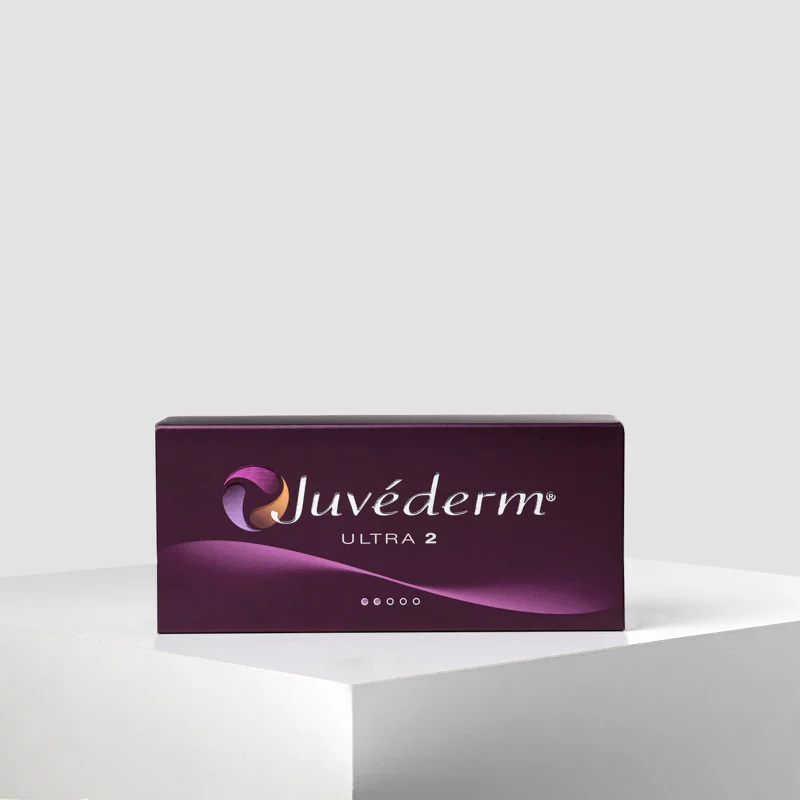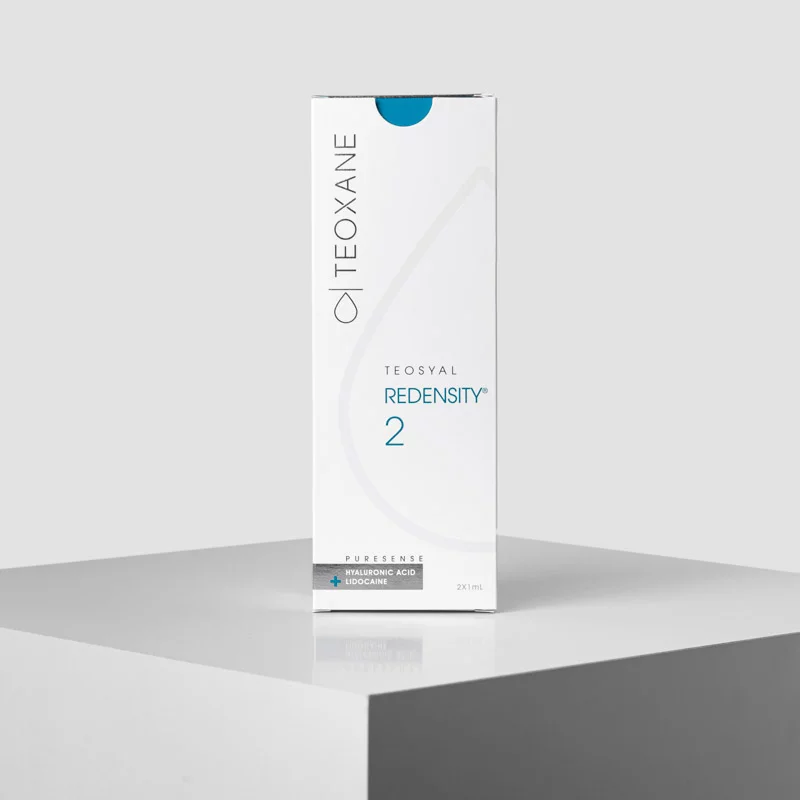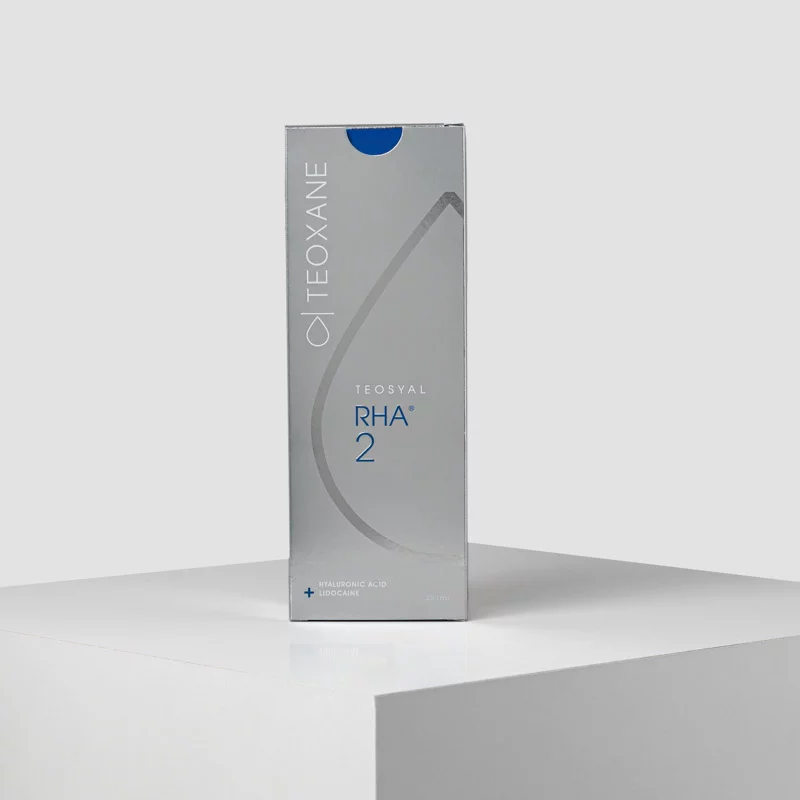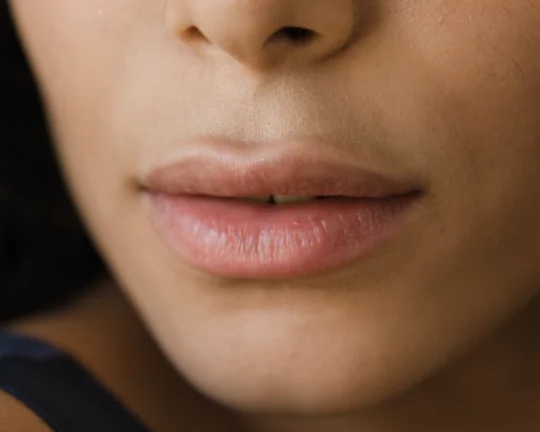-

- Author e-FILLERS Team
- Aug 27th, 2025
Gender-Affirming Aesthetic Treatments with Fillers
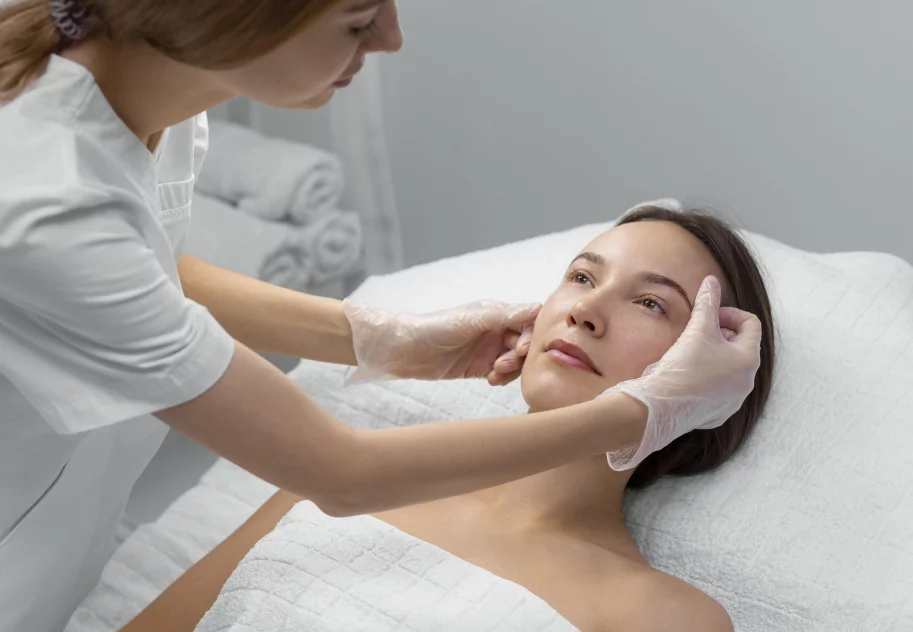
Introduction
Aesthetic medicine has long been focused on restoring youthfulness and enhancing natural beauty. Today, however, it plays a vital role in supporting gender-affirming care. Dermal fillers offer non-surgical options that help transgender and non-binary individuals align their appearance with their identity—whether through facial feminization, masculinization, or softening of specific features.
This article explores how fillers are used in gender-affirming treatments, common techniques, safety considerations, and the unique role practitioners play in creating affirming patient experiences.
Why Fillers Are Valuable in Gender-Affirming Care
Unlike surgical procedures, fillers are:
Non-permanent – results last from 6 to 18 months, offering flexibility.
Minimally invasive – little downtime compared to surgery.
Adjustable – practitioners can refine outcomes gradually.
Accessible – fillers are often a first step for individuals exploring facial changes.
Feminization with Fillers
Facial feminization focuses on softening angular features and enhancing contours associated with traditionally feminine aesthetics:
Cheeks: Adding volume for roundness and a lifted look.
Lips: Enhancing volume, definition, and cupid’s bow prominence.
Chin & Jawline: Softening sharp angles to achieve a more tapered profile.
Forehead/Temples: Restoring fullness to create smoother transitions between features.
Masculinization with Fillers
Masculinization treatments aim to create sharper, more defined contours:
Jawline: Strengthening angles for a structured, square appearance.
Chin: Enhancing projection and width for balance.
Cheeks: Building lateral projection instead of roundness.
Nose & Brow: Subtle augmentation for stronger, more prominent features.
Beyond the Binary: Individualized Care
Not all patients seek “feminine” or “masculine” outcomes. Many desire androgynous or balanced results that reflect their unique self-expression.
Key practitioner considerations include:
Listening closely to patient goals.
Using digital simulations to preview results.
Offering staged treatments to gradually reach the desired outcome.
Safety & Best Practices
Gender-affirming treatments require the same medical rigor as all injectable procedures:
Comprehensive Consultation: Understanding medical history and psychological context.
Anatomical Expertise: Adjusting techniques to each patient’s facial structure.
Product Selection: Choosing filler type and density appropriate for treatment area.
Aftercare Guidance: Supporting healing and managing expectations.
The Practitioner’s Role in Affirmation
Beyond technical skill, practitioners serve as partners in the patient’s journey. Creating an inclusive, respectful environment is essential. Simple steps—such as using correct pronouns, asking open questions, and respecting individual goals—build trust and make treatment truly affirming.
Conclusion
Dermal fillers are more than cosmetic tools—they are powerful instruments of identity affirmation and self-confidence. For transgender, non-binary, and gender-diverse patients, fillers provide accessible, customizable solutions to align appearance with identity. By approaching treatments with empathy, technical precision, and inclusivity, practitioners can make a profound difference in the lives of their patients.
Guidelines
Exosomes + Fillers for Skin RejuvenationFor Patients
Cheek Fillers: How Long Do Results Last?
.webp)
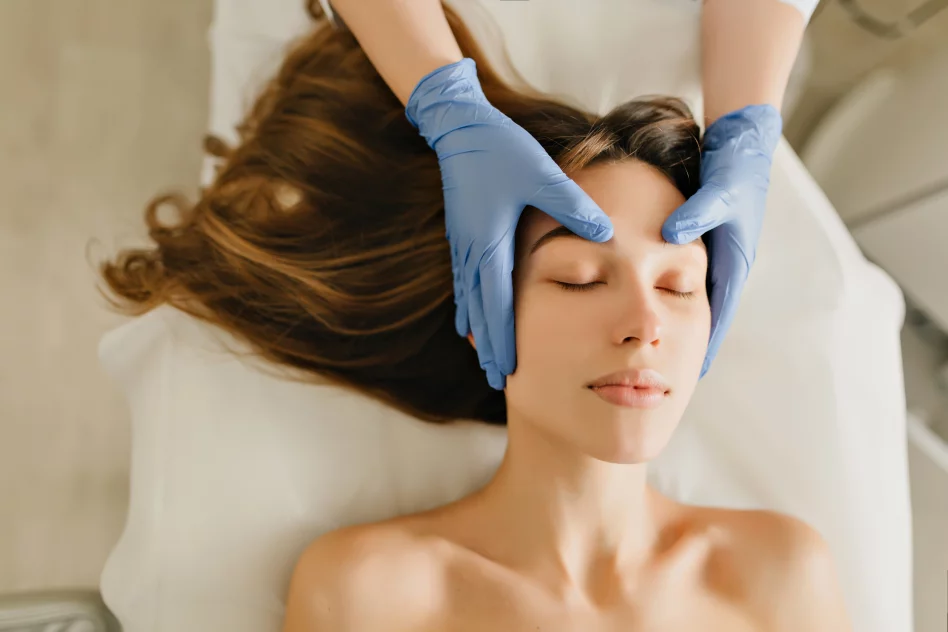
.webp)
